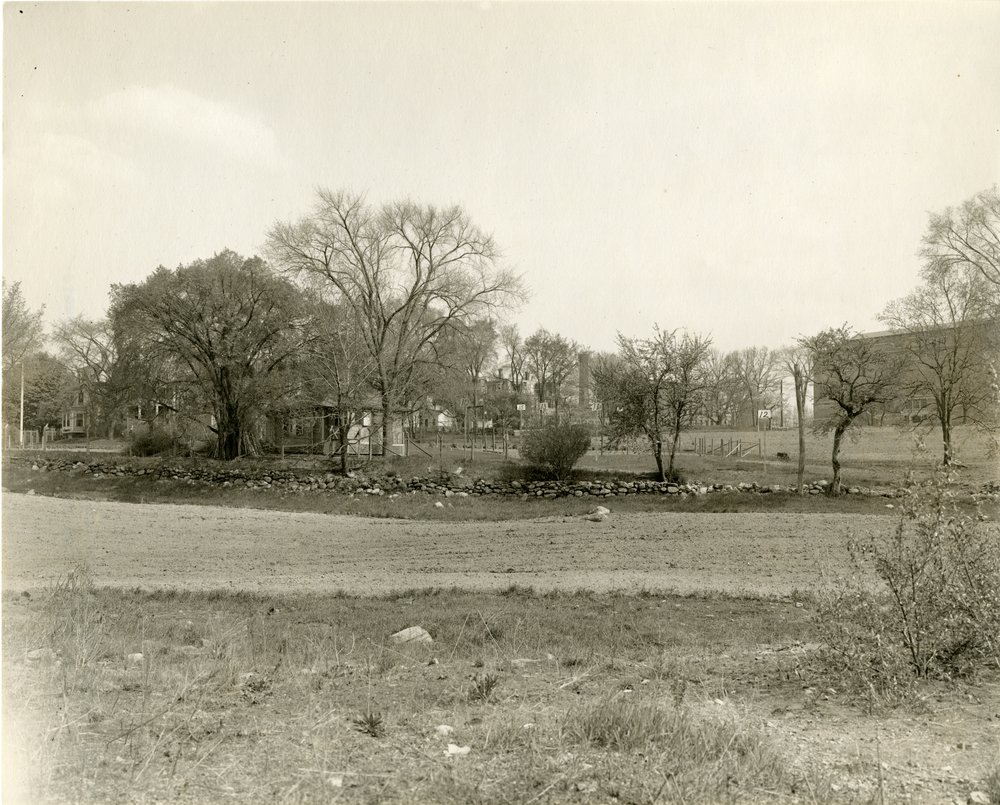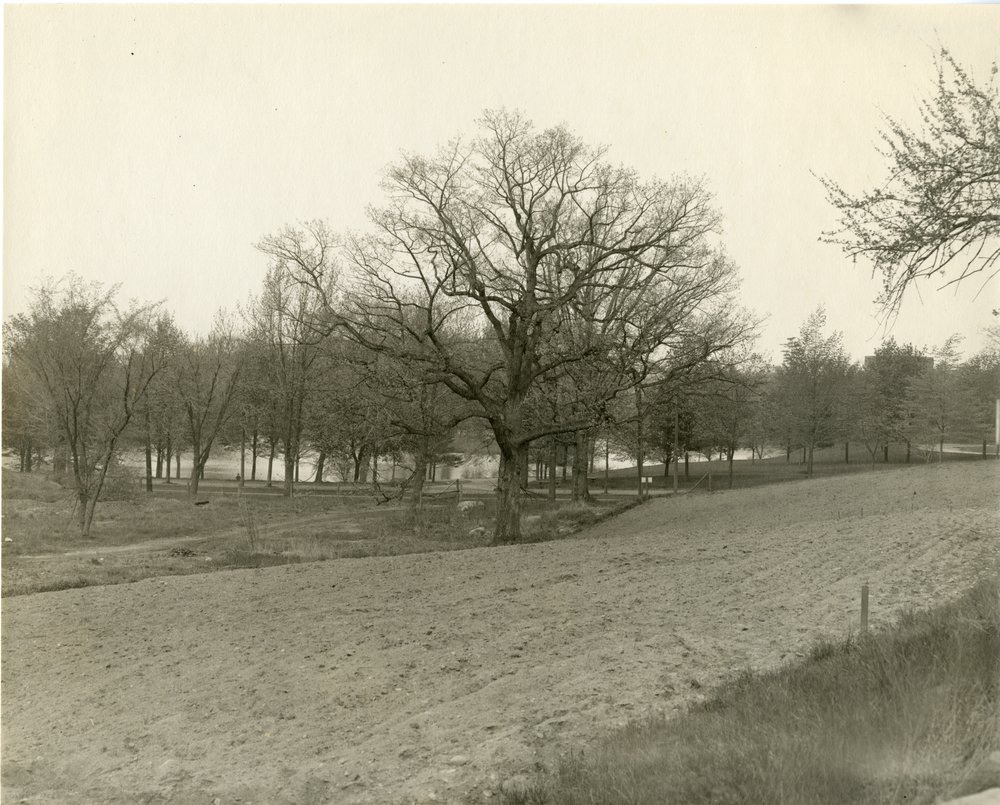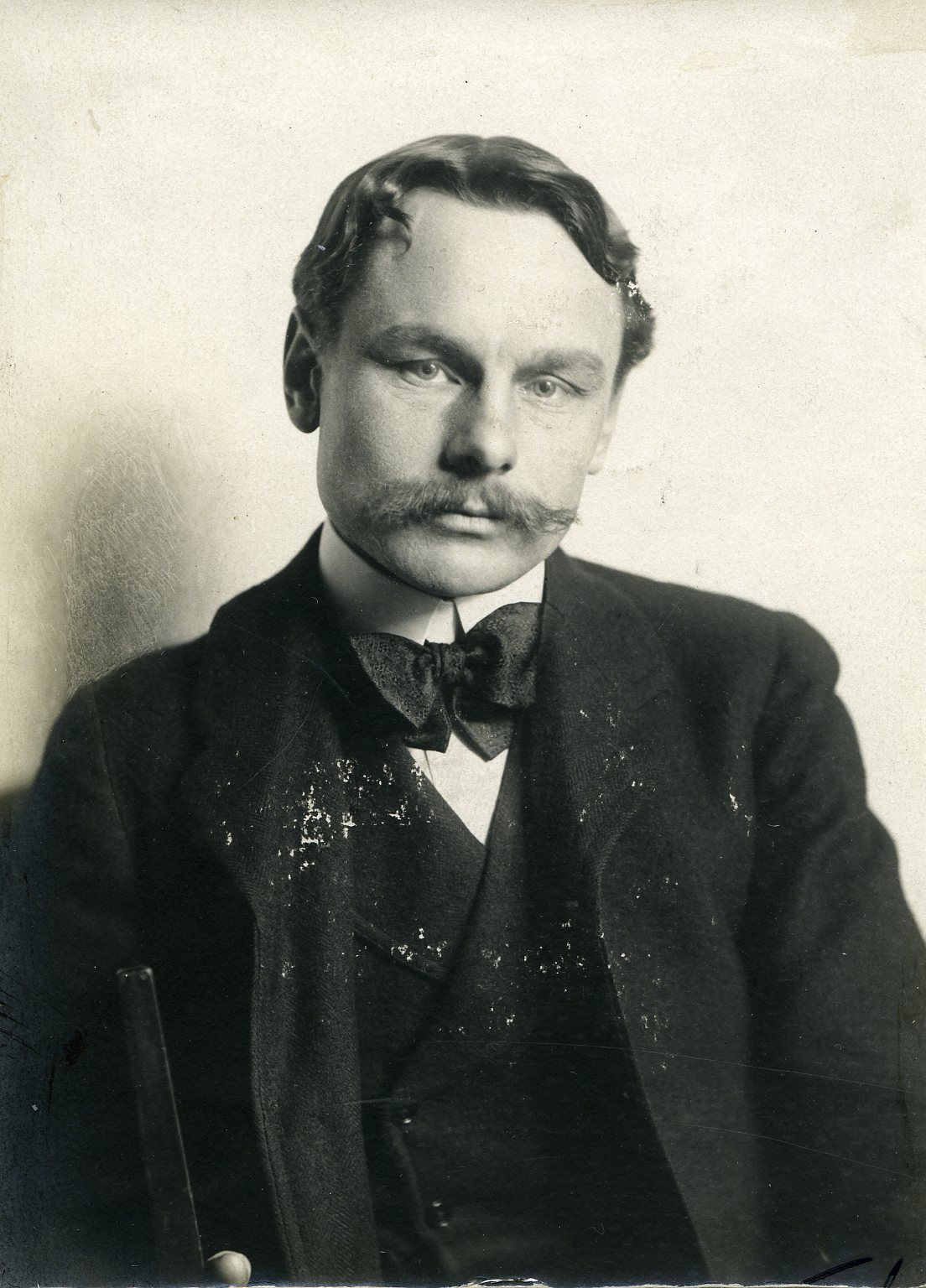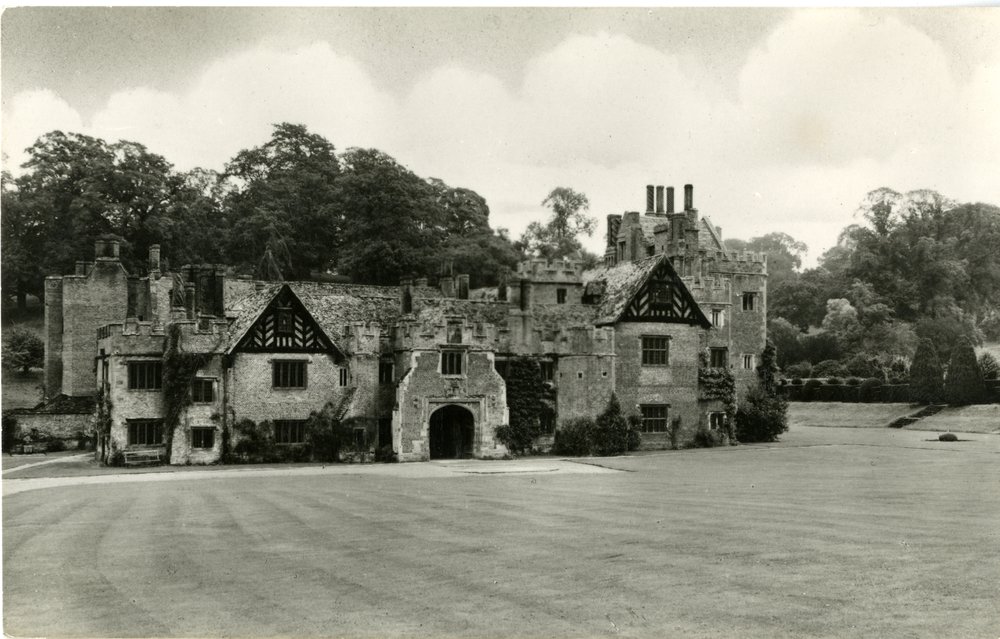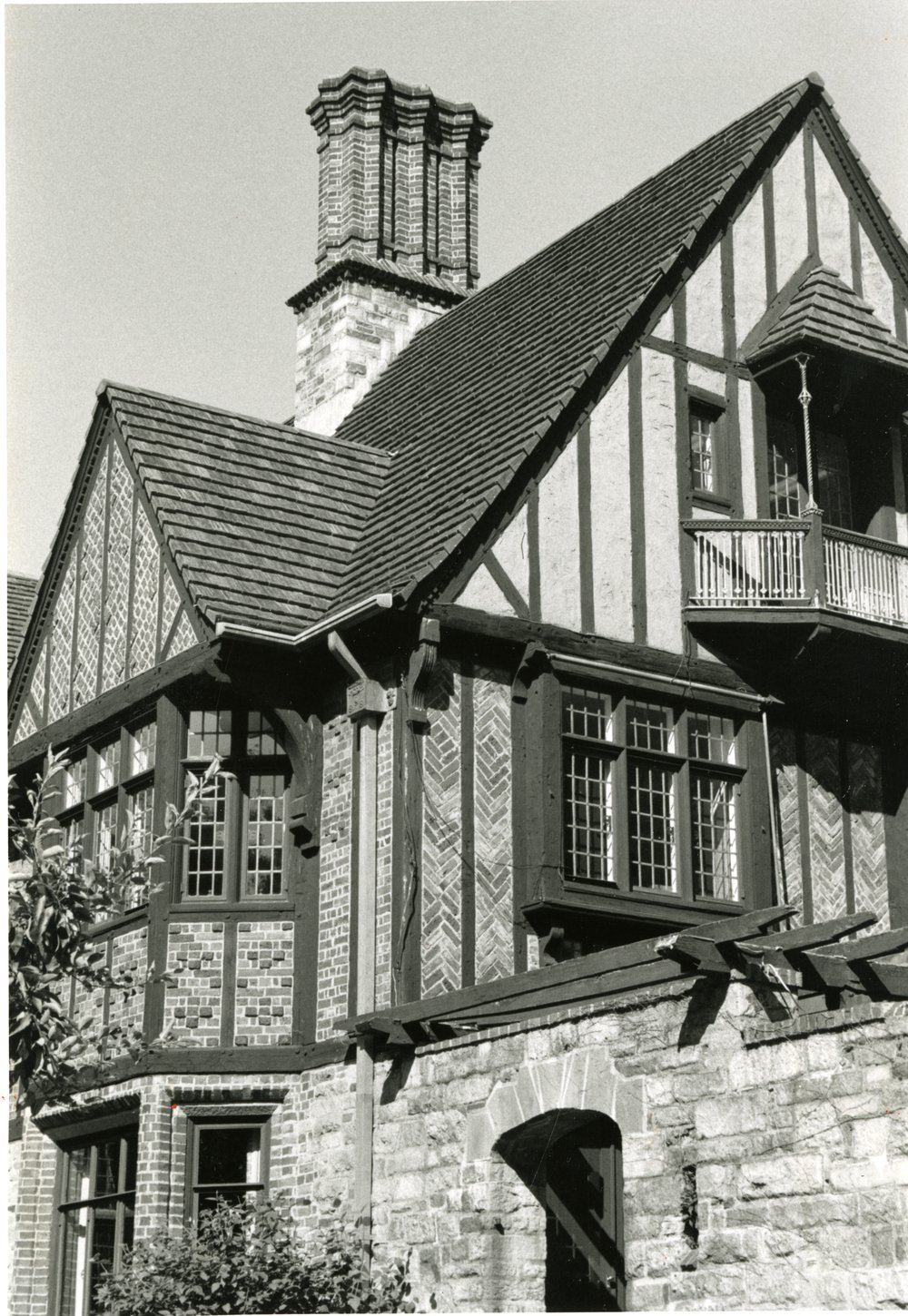The Home
Higgins House Inspiration and Development
Aldus C. Higgins grew up in the Higgins family home at the corner of Bliss (now West) and Salisbury streets, the present site of Goddard Hall. His parents, Milton Prince Higgins and Katherine Chapin, bought the house soon after arriving in Worcester in 1868, marrying in 1870, and residing for some time together at a boardinghouse on Boynton Street. After Aldus had grown, completed his education, and married, his father bought a triple-decker for the newlyweds right next door at 218 West Street. Aldus and his first wife, Edgenie Brosius, moved in.
Following the sudden passing of Genie in 1911 and Aldus’ second marriage to Mary Sprague Green in 1914, he bought a dozen acres behind the two Higgins’ homes on West Street from the heirs of Harrison Bliss and the Worcester Art Museum, who had previously been donated the land by Stephen Salisbury. It was then a barren field—presenting Aldus and Mary an opportunity to build their dream home.
As Aldus’ rank at Norton Company rose and worldwide recognition was established with his invention of the water-cooled furnace, work frequently brought him to Europe. It was here that his interest in art and old English architecture further burgeoned. Upon visiting the Compton Wynyates castle in Warwickshire, England, Aldus developed a vision for building something similar on the land where he had lived most of his life. He worked closely with Grosvenor Atterbury, chief architect then known for his work on weekend homes for wealthy industrialists and who later was commissioned by John D. Rockefeller for various prominent projects. Some of the most notable features replicated in the Higgins House from Compton Wynyates include the multiplicity of ornamental brick chimneys; its half-timbered gables; and the variety of building materials used: brick (of which 10 different types were incorporated throughout the house), stone, wood, and stucco. Additionally, both homes brought in materials from other buildings. Aldus himself harvested pieces from around New England and Europe.
The close partnership between Aldus, Grosvenor, and the many other architects involved with this project is reflected by its detailed drawings, blueprints, photographs, and wealth of correspondence related to every minute aspect of its design and construction—all preserved in WPI’s Archives & Special Collections. Highlighted below are just some of the features which evoke the care, creativity, and craftsmanship of the 29-room Aldus Chapin Higgins House. Explore each gallery to learn more.
More Architectural Feature Pages
Back

